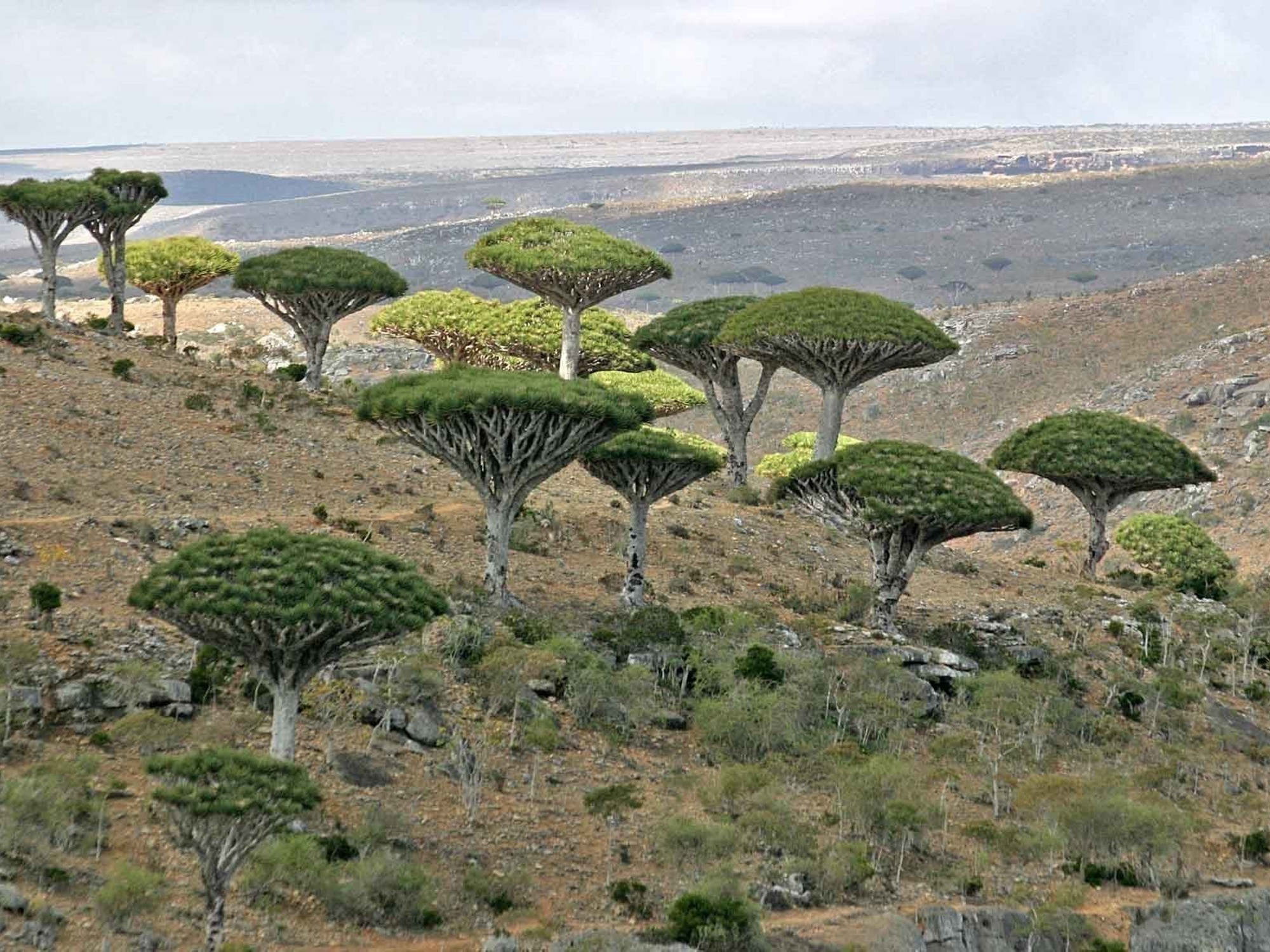
Climate emergency: taking action
Acting to mitigate and support adaptation to global climate change
Nowhere is exempt from climate change. We rescue, nurture, reinforce and reintroduce rare Scottish mountain species, increasing both their numbers and genetic diversity, to improve resilience to future climate change. In three years we have doubled the number of wild populations of the beautiful alpine-blue sowthistle (Cicerbita alpina) in the Cairngorms, helping to offset potential losses due to increasingly extreme weather events.
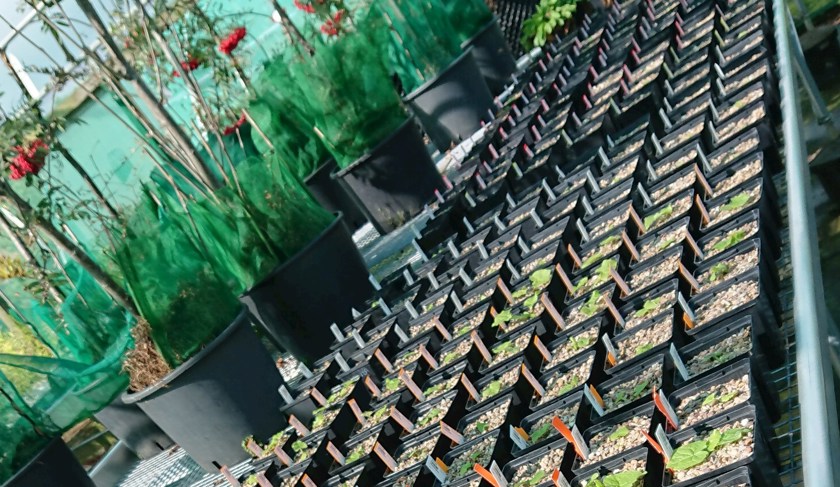
Alpine-blue sowthistle, Cicerbita alpina, growing in the RBGE nursery for transplantation into the Cairngorms
We work with landowners and conservation organisations to manage Scotland’s globally important ecosystems, including Europe’s best examples of internationally-rare temperate rainforest, providing data and toolkits, now in use in several National Nature Reserves, to identify the best management strategies for a changing climate.
On our coastlines, we work with local communities to deliver adaptation and mitigation activities, including physical intervention to encourage inter-tidal and marine diversity on coastal defences around Edinburgh. We support nature to become more resilient to sea level rise by removing non-native invasive species and translocating natives in their place, with funding from the Heritage Lottery Fund, European Green Infrastructure Programme and SNH’s Biodiversity Challenge Fund.
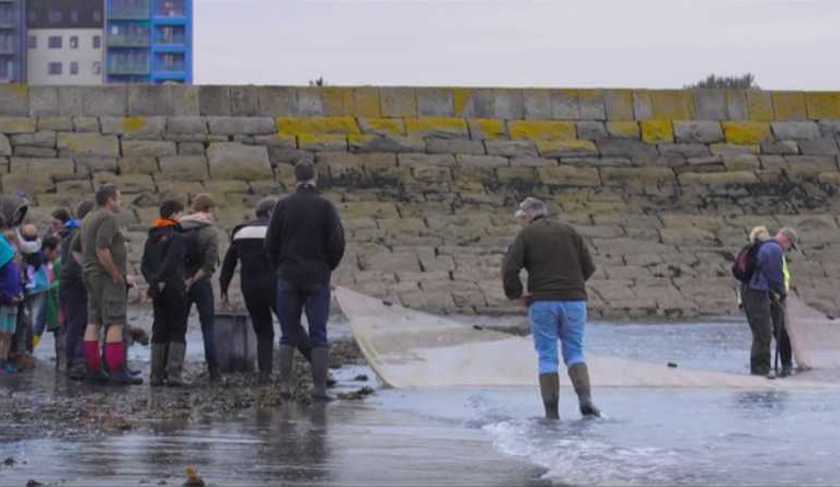
Working with local communities on Edinburgh’s shoreline
As part of Edinburgh City Council’s Edinburgh Living Landscapes project, we pioneer green infrastructure projects to support climate resilience in the city, such as depaving and restoring urban ponds to protect communities from inundation. Our raingarden, developed with Heriot Watt University, demonstrates how planting schemes can reduce flooding and benefit native biodiversity. Our garden at Dawyck, in the Scottish Borders, was the first carbon-neutral botanic garden in the UK through an innovative combination of green roofing, a hydro-electric energy scheme, biomass heating, and electric vehicle charging points, which are now installed at all four of our sites.
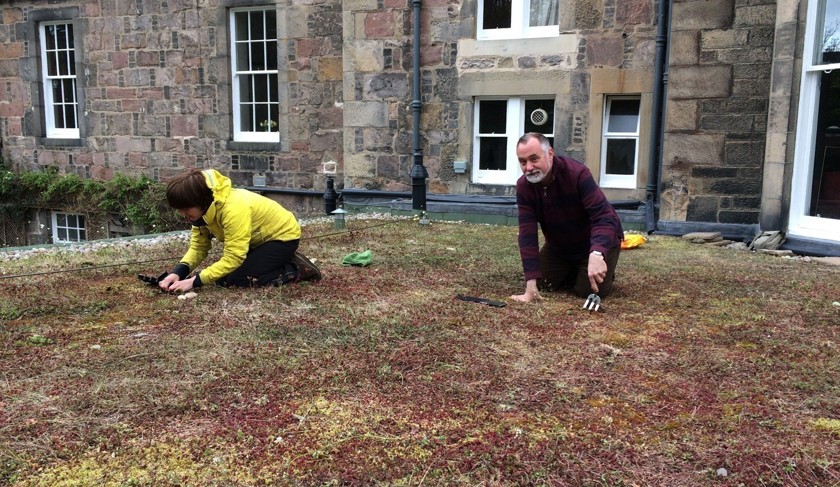
Planting a green roof at the Edinburgh Chaplaincy Centre
Around the world our work helps reduce and reverse biodiversity loss, in turn sequestering carbon from the atmosphere. Our botanical data helps ensure that economic development is sustainable and focused only on the most resilient landscapes. For example, in Oman, our Centre for Middle Eastern Plants identified 43 Important Plant Areas which are now incorporated and protected in the government’s twenty-year National Spatial Strategy, and in China and Southeast Asia our analyses of forest cover help identify areas where plantation agriculture, such as rubber, will not be economically-viable, thus discouraging deforestation of these sites. In Africa, our work sheds light on the important role of grasslands in carbon sequestration, and explores how these ecosystems interact with forest encroachment, changing fire regimes, and human livelihoods. Globally, our economic analyses shed light on the long-term sustainability of large-scale afforestation schemes for carbon-capture, suggesting alternative solutions that might be more effective.
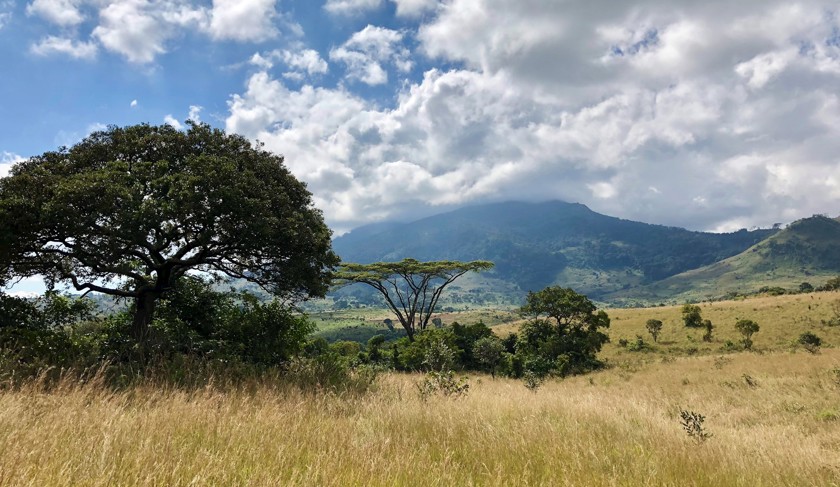
Savanna in Mozambique
Emerging pests and diseases are a growing threat as the climate emergency bites. Our Plant Health programme – one of the most rigorous in the world – plays a growing role in protecting Scotland’s natural environment, horticultural and agricultural sectors from potentially devastating pathogens, through an early-warning network, strict plant quarantine procedures, and investigation of resistant varieties. At the same time, our research into wild relatives of crop plants supports the development of cultivated species and varieties, such as drought-tolerant cacao and black nightshades, best able to withstand the effects of climate change and minimise food shortages.
Botanics Recommends
-
Explore our range of unique gifts and more. Every purchase supports the Garden.
-
Explore our unique venues, suitable for every occasion
-
Discover a range of books inspired by the RBGE's work and collections
-
Cultivate your curiosity with our programme of courses for all ages and interests.
